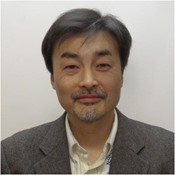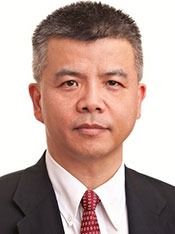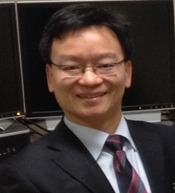Photon-Counting CT: Image Quality Optimization, Novel Algorithms, and Emerging Clinical Applications
Presentations
WE-H-BRB-0 (Wednesday, 7/13/2022) 4:30 PM - 6:00 PM [Eastern Time (GMT-4)]
Ballroom B
To meet the spirally escalating challenges alongside the advancement in clinical applications of medical imaging, enormous effort has been invested in the research and development of CT spectral imaging implemented via x-ray detection based on both energy-integration and photon-counting. Now it is exciting for us to witness that state-of-the-art photon-counting spectral CT is ready for clinical missions, while the conventional energy-integration based dual-energy CT (DECT) is still adding significant value to the clinical management of cardiovascular, oncologic and neurovascular diseases.
Compared to the energy-integration based DECT, the photon-counting CT is of a few fundamental advantages in data acquisition and image formation to fulfill the requirements set by spectral imaging. For example, the photon-counting CT acquires raw data at low and high peak voltages simultaneously to avoid the spatial mis-registration and vulnerability to involuntary visceral motion that may exist in kV-switching or dual-source technology, while spectral channelization is greatly facilitated via energy thresholding. In addition to the almost elimination of electronic noise and thus improved image quality at low-dose situations, the one-step image reconstruction algorithms is anticipated to deliver further better image quality and thus more clinical utility at low-dose and/or other challenging situations.
To fully appreciate the technological challenges and potential clinical utility of photon-counting CT, we need an in-depth re-visiting of the underlying physics and studying of the specific technological solutions to meet the challenges in instrumentation of photon-counting CT. This is the second half of the joint Education/Research session on photon-counting CT, with an emphasis on the specific aspects of photon-counting CT in image quality, technological solutions to overcome the challenges, novel algorithms in image formation and emerging clinical applications.
Learning objectives:
1. Understand the figure-of-merits (FOM) and exercising of them for assessment of image quality in photon-counting spectral CT
2. Understand the physics and technical solutions to overcome the technological challenges such as pulse piling-up and spectral distortions in data acquisition
3. Understand the innovation, applicability and potentials of novel image formation algorithms such as the one-step image reconstruction towards extended clinical applications
4. Emerging clinical applications that may boost CT's utility in the clinic
Funding Support, Disclosures, and Conflict of Interest: X. Tang is a recipient of research grant from Sinovision Technologies.
Handouts
- 175-64722-16291659-184039-1639576792.pdf (Adam Wang)
- 175-64721-16291659-184102-1501159488.pdf (Lifeng Yu)
Keywords
Not Applicable / None Entered.
Taxonomy
Not Applicable / None Entered.
Contact Email











